1. Centralia, Pennsylvania
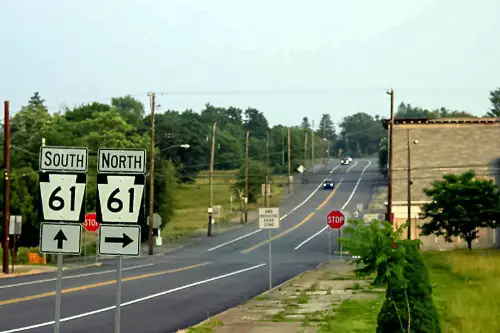
This place once buzzed with coal-mining energy until, in 1962, an underground fire ignited and turned the whole town into a smoldering ghost of itself. Today, with almost no residents left and highways beginning to buckle, Centralia feels like a real-life horror set that you can step into. It’s included because it literally burned and stopped in time—nothing quite like it exists anywhere else. The eerie silence and cracked roads are a visceral reminder of what happens when industry literally goes up in smoke.
The inclusion here is all about the drama: a mining town literally consumed from underneath. Centralia’s story is unforgettable—a town built for extraction, destroyed by it, and preserved by fate’s cruel twist. It’s a perfect example of a place built around a factory (or in this case, a mine) and left to linger in limbo. You’ll find plenty of documentation comparing it to Silent Hill for its haunting atmosphere.
2. Newton Falls, New York
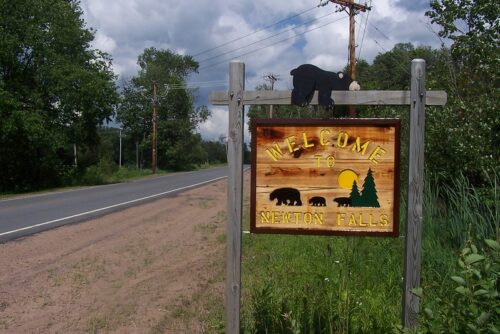
Newton Falls sprouted around a paper mill, which not only powered the economy but shaped the whole community—from schools to Sears homes for workers. When that mill finally shut down around 2000, the town didn’t vanish immediately, but it froze—families left, buildings emptied, and the quiet settled in. You include it because it’s a textbook case of a small American village built around a single employer, then eerily preserved. Walking through Newton Falls feels like flipping through a half-forgotten photo album.
It’s humanized by thinking of the families who once shopped, learned, and played around that mill. Everything was linked to the factory’s hum, and when the hum stopped, so did the life around it. There’s an emotional heft to seeing a place where whole generations grew up tied to one business. Its story is especially poignant because the shuttering felt so recent and personal.
3. Rhyolite, Nevada
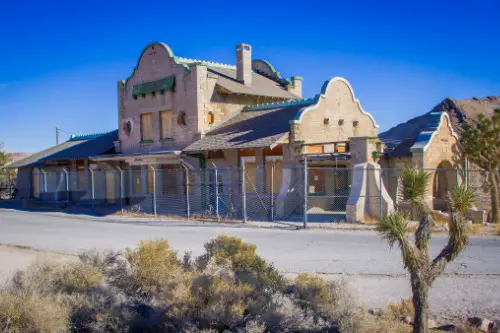
This was once a sparkling mining boomtown—hotels, a stock exchange, all the cherries on top of wealth. When the gold crust dried up, the population evaporated almost overnight. It’s here because Rhyolite embodies the quintessential “boom-and-bust” factory—and froze spectacularly when the vein ran dry. The empty bank and jail still standing amid the desert make you feel like you’re walking through a 1900s western novel.
It’s human because you can almost hear the cheers turn to dust. The ambition, the construction frenzy, followed by the soft whisper of tumbleweeds—it’s cinematic. Rhyolite captures that wild, grand rise and sudden drop-off that’s both thrilling and tragic. It teaches how entire lives were built—and undone—by one mine’s fate.
4. Thurmond, West Virginia

Once a thriving railroad and coal town, Thurmond had hotels, banks and booming train activity. When the coal lines dried up, the trains stopped, and so did the people. It’s on our list because it’s built around an industry—coal and transport—that simply pulled away, leaving nearly nothing behind. Today, the town is like a slow-motion time capsule with silent brick structures still standing proud.
The human touch here comes from imagining families who waved off trains and then watched them vanish. You can visualize the bygone bustle, the footsteps echoing off empty halls. There’s something deeply moving about a place that was once full of life and now just holds space. Its story speaks to how fragile industrial towns can be when their lifeblood disappears.
5. Bodie, California
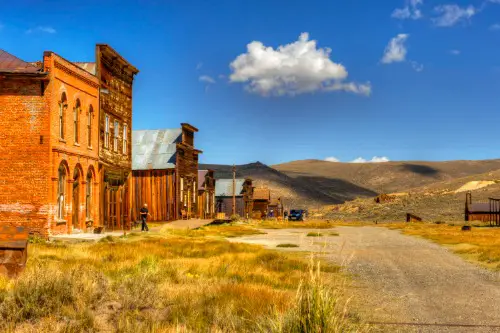
Bodie was a gold mining magnet with thousands of hopefuls and fully functioning shops, saloons, banks and homes—it was booming. When the gold rush fizzled out, the town emptied, but the buildings stuck around, eerily preserved by the arid climate. It’s included because it’s one of the most intact snapshots of a mining town frozen in time. Walking through it today feels like walking through history.
The preservation gives it that theatrical feel, like time just paused. You can almost hear the boots on wooden floors and smell the sawdust still. Bodie exists as a monument to ambition, decline, and resilience of stone and wood. It’s human, ghostly, and incredibly cinematic.
6. Youngstown, Ohio
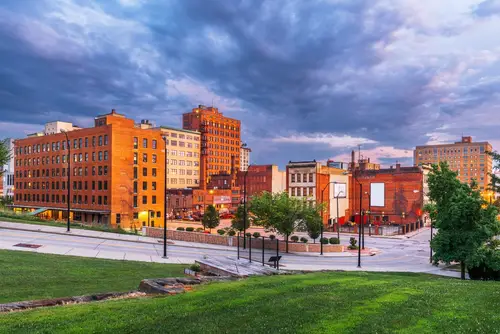
This Rust Belt town was built—and built up—around steel mills that once roared with production and jobs. When the steel industry collapsed, people left, buildings decayed, and parts of the city went quiet. It fits our theme because it’s a big-picture version: a whole city built around a factory has been deeply changed, with entire neighborhoods frozen in decline. You’ll still find hollowed-out buildings, vacant lots, and a scent of what once was.
It’s human because this town felt the heartbreak of families losing livelihoods and history. The steep drop from booming production to empty streets paints a complex emotional landscape. There’s grit and grief intertwined in Youngstown’s silence. It teaches how large-scale industrial retreat ripples through a community’s identity.
7. Flint, Michigan
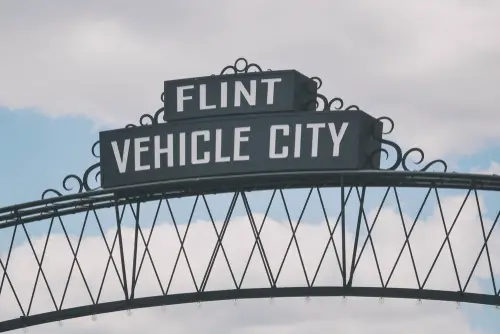
Once a powerhouse thanks to General Motors, Flint’s factory-driven identity shaped its city rhythms—from schools to weekends. When jobs disappeared, the city struggled, with empty factories casting long shadows over neighborhoods. It’s included because it reflects a town that didn’t just freeze outright—it fragmented, paused, and reeled under the weight of losing its economic core. Flint’s story is still unfolding, but parts of it already feel captured in amber.
You include it for its human complexity—pride, despair, resilience. The decline isn’t abrupt but layered and personal. It’s a portrait of a community wrestling with its past and searching for new meaning. That ongoing tension is deeply compelling.
8. Bannack, Montana
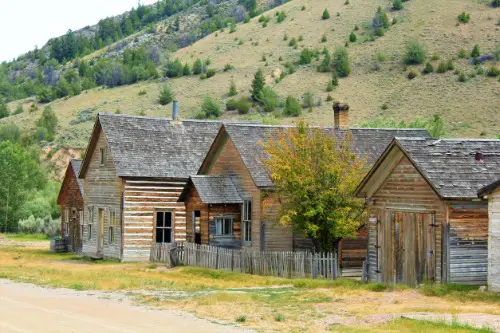
Bannack blossomed overnight during Montana’s gold rush, complete with saloons and territorial prestige. When the gold ran dry, the town emptied but the wooden buildings remained, like a frontier postcard preserved. It’s here because it’s a beautifully intact case: built around mining, frozen when profits dried. Explore it and you feel the ghosts of prospectors lingering.
Its human appeal lies in its authentic atmosphere—wind-blown wooden facades, sun-bleached boards, and tumbleweed alley. It’s nostalgic, quiet, filled with whispers of dreams chased and left behind. Bannack’s charm is its raw, untouched sense of American origin stories.
9. Ellenton, South Carolina

This town wasn’t quite built around a factory, but more around a purpose—and then erased when it lost one. During the 1950s, residents were forced to leave when the government moved in to build a hydrogen bomb site. It’s on the list because it embodies that eerie freeze—and forced freeze—of a community. The entire town’s sudden disappearance, wiped from the map, still sends chills.
It’s human and heartbreaking—families packed up not just jobs but memories. Imagine your whole town being told to go, and then watching it vanish. It’s a powerful example of how industries—or governments—can dismantle communities in an instant. Ellenton teaches that frozen towns don’t always fade gently—they can be erased.
10. Kannapolis, North Carolina
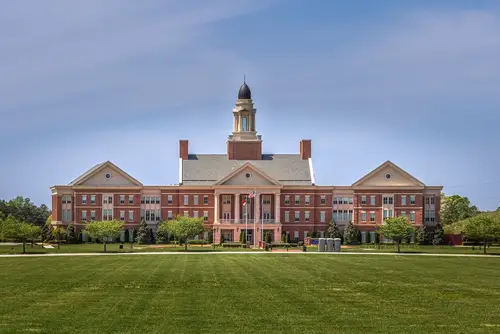
Kannapolis grew out of the Cannon Mills textile empire, which at one point employed tens of thousands. The company built homes, schools, and even community programs to keep workers close. When the mill closed in 2003, the shock was massive, freezing much of the town’s energy in its wake. It’s included because it was one of the South’s most famous mill towns, and its decline left a very visible scar.
The human story here is immense—generations of families tied to the same company suddenly severed. The closure didn’t just take jobs; it took the rhythm of life itself. Walking downtown, you can still feel the absence where the hum of machines once was. It’s a moving reminder of how deeply textile towns were woven into people’s lives.
11. Custer, Idaho
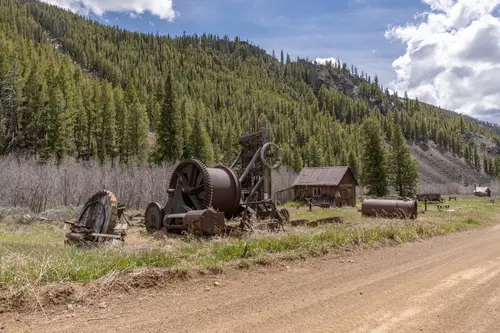
Custer grew up during a gold rush, with mining as its heartbeat. As the mines shut by 1910, the bustle faded, but the vestiges remain—a classic boomtown frozen. It’s on the list because it fits that pattern: built around mining, paused when the mine paused. You can still visit and feel what life was like at the edge of hope and dust.
Humanizing it takes you to the speculators and miners fearing a vein’s collapse with every pick. The echoes of their hopes rest in the empty storefronts. It’s small and quiet, yes—but textured, human, complete with dreams that crashed and linger in the breeze. Custer’s story is intimate and emblematic.
12. Rodney, Mississippi
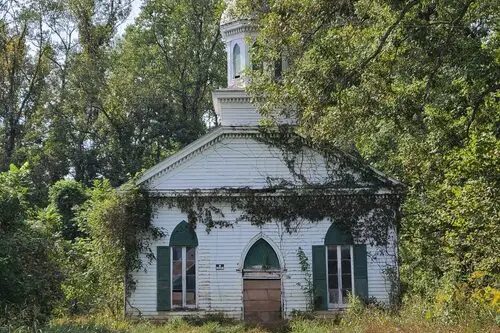
Rodney once thrived on river trade, but as routes shifted, the town faded—buildings stayed, people left. While not strictly a “factory” town, its inclusion illustrates how towns built around commerce—and transportation—can freeze when the currents change. That shift effectively shut down an economy and left time standing still. Exploring Rodney feels like wandering through a memory softly fading.
You humanize it by picturing families waiting on steamboats, kids racing along docks, then watching everything slip away. It’s a quiet sadness wrapped in sun-faded bricks and vines. The town becomes a metaphor for how change doesn’t just change—you’re left behind. Rodney reminds us that even commerce, when it moves, can leave a place behind.
13. Dearfield, Colorado
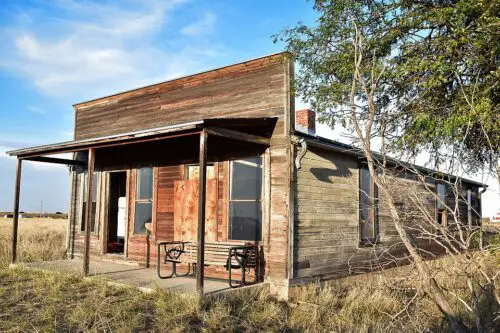
Founded by Black homesteaders in the early 1900s, Dearfield was a hopeful community built around agriculture. But as economy and climate turned, residents drifted, leaving structures behind in a rural stillness. It’s included because though not a traditional factory town, it was built around livelihood—and froze when that livelihood fled. Dearfield’s remains honor a dream that once pulsed with life.
Human threads there are strong: families who sought independence, built homes, then departed when conditions turned. The abandoned buildings whisper their perseverance and quiet despair. It’s a special kind of frozen town—one layered with aspiration, community, and courage. Dearfield stands as a testament to dreams left behind, gently preserved in time.
14. Cairo, Illinois
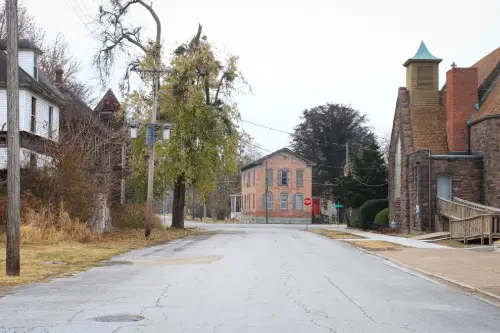
Cairo was once a bustling river port with factories, railroads, and jobs that made it a hub of the Mississippi. But as industries shifted away and racial tensions flared in the mid-20th century, the town emptied, leaving large stretches of its downtown frozen. It belongs here because its decline feels like a clock stopped mid-tick. The grand buildings still stand, weathered but proud, as echoes of what once was.
Humanizing Cairo means thinking about its once-busy sidewalks, its families caught in the push and pull of industry and inequality. The decline here wasn’t just economic—it was personal, layered, and hard. Walking Cairo’s streets today feels like paging through history’s scrapbook, where time stamped one chapter and refused to turn the page. It’s both sobering and poignant.
15. St. Elmo, Colorado

St. Elmo was a mining town that boomed and then quieted when the mine quit. Today, many buildings still stand in near-original condition, slowly being overtaken by nature. It’s included because, like a time capsule, it shows a town built around extraction frozen when that extraction ended. Visiting St. Elmo feels almost reverent—it’s like stepping through someone’s paused postcard.
Humanizing it means imagining miners and families bustling, then vanishing, leaving belongings and stories behind. It’s a quiet echo of ambition met with nature’s reclamation. The silence there is not empty—it’s memory speaking. St. Elmo teaches that sometimes, when industry leaves, nature—and time—fills the space.
This post 15 U.S. Towns That Were Built Around a Factory — And Froze in Time When It Closed was first published on American Charm.


